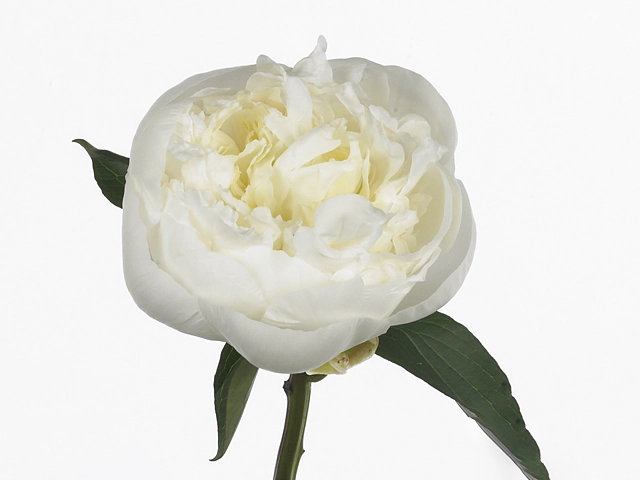Paeonia (Lactiflora Grp) 'Duchesse de Nemours'

| Soil fertility | Special demands |
| Light conditions | Semi-shades; Sunny |
| Moisture requirements | Moist; Well-drained |
The 'Duchesse de Nemours' peony, scientifically known as Paeonia lactiflora Grp, is a stunning and highly sought-after flowering plant. With its beautiful white petals and delicate fragrance, this peony variety can add a touch of elegance and charm to any garden or landscape. However, growing and caring for this peony requires special attention to soil fertility, light conditions, and moisture requirements.
One of the key factors in successfully cultivating the 'Duchesse de Nemours' peony is providing it with the right soil fertility. Peonies generally thrive in rich, well-drained soil that is high in organic matter. The ideal pH level for these plants ranges from 6.5 to 7.5. It is essential to prepare the soil adequately before planting by adding compost, aged manure, or other organic matter to enhance its fertility. This will ensure that the peony receives the necessary nutrients for healthy growth and abundant blooming.
In terms of light conditions, the 'Duchesse de Nemours' peony prefers semi-shaded to sunny areas. While it tolerates partial shade, it is best to provide it with at least six hours of direct sunlight daily for optimal growth and blooming. For gardens with intense sunlight or hotter climates, providing some afternoon shade can help protect the peony from scorching and promote better flower production.
Moisture requirements for this peony variety include a delicate balance of moist soil and proper drainage. While the 'Duchesse de Nemours' peony requires consistent moisture, it is essential to avoid waterlogging, which can lead to root rot and other diseases. Regular watering is crucial, particularly in dry periods or when the plant is establishing itself. However, the soil must be well-drained to prevent water accumulation around the roots. Adding organic matter to the soil can help improve its ability to retain moisture while maintaining proper drainage.
To ensure the success of your 'Duchesse de Nemours' peony, periodic fertilization and mulching are also recommended. Applying a balanced organic fertilizer in early spring when new growth appears and again after blooming can provide the necessary nutrients for healthy foliage and flower production. Additionally, a layer of organic mulch, such as straw or shredded bark, can help conserve moisture in the soil, regulate soil temperature, and suppress weed growth around the peony plant.
In conclusion, the 'Duchesse de Nemours' peony is a remarkable flowering plant that requires specific conditions to thrive. By addressing its soil fertility needs, providing adequate light conditions, and maintaining proper moisture levels, you can enjoy a stunning display of white blossoms and enjoy the delightful fragrance this peony variety has to offer. With proper care and attention, this peony can be a true treasure in your garden.
Market availability index by month:
| Jan. | Feb. | Mar. | Apr. | May | Jun. | Jul. | Aug. | Sep. | Oct. | Nov. | Dec. |
|---|---|---|---|---|---|---|---|---|---|---|---|
| 3 | 4 | 3 | 1 | 2 | 1 | 1 | 1 | 1 | - | 1 | 1 |